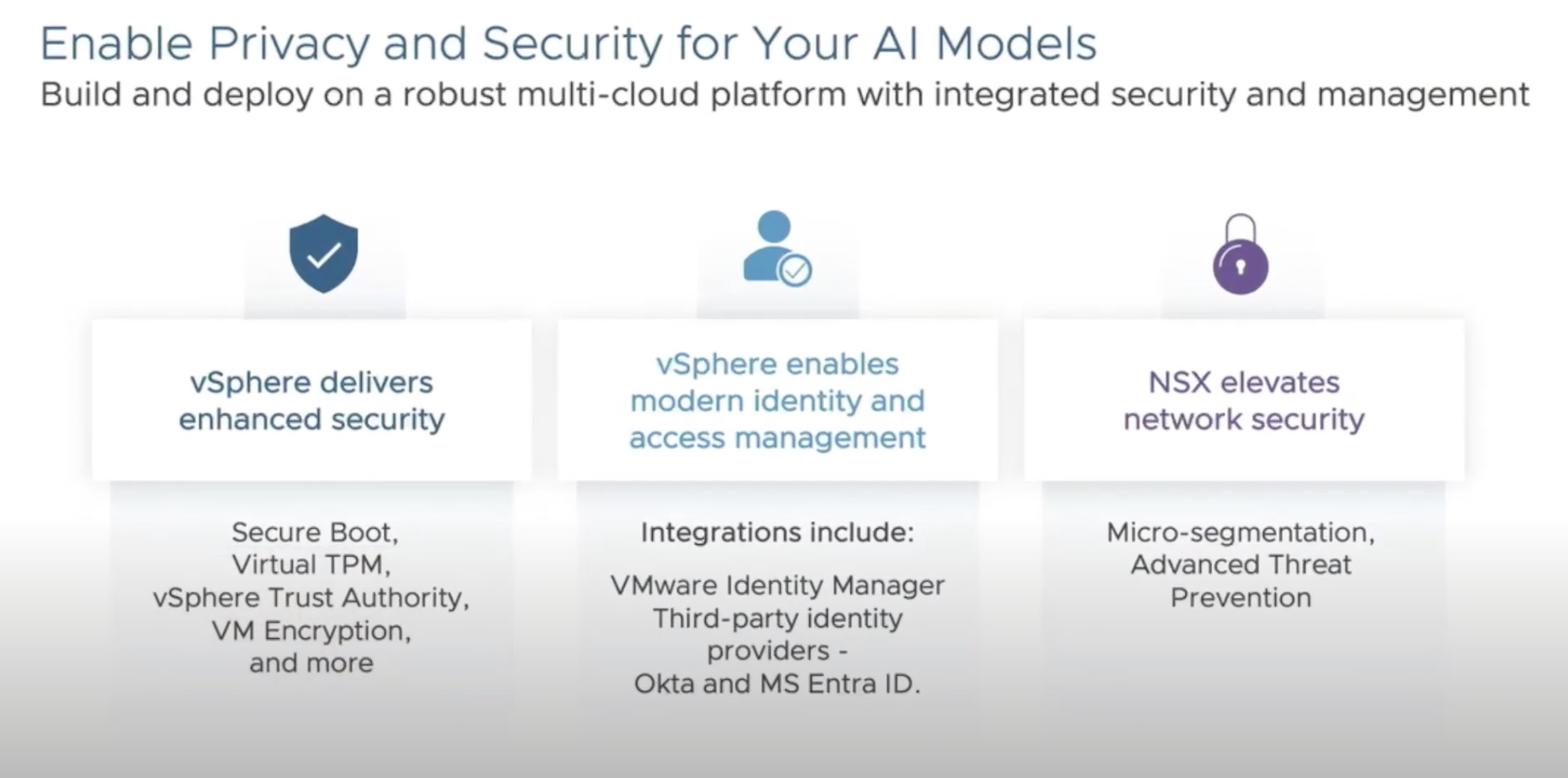Depending on where you are in the world, the reality of COVID-19 physical distancing has been a reality for a few weeks or months. In that time, many “non-essential” businesses have had to figure out how to work from home. For a smaller team like us at Gestalt IT, the change hasn’t always been easy, but so far has mostly gone smoothly.
But I recently came across two items that made me think specifically about how larger organizations are coping with this. The first is a devastatingly astute tweet from Ragnar Heil:
Who is driving Digital Transformation in your company?
— Ragnar Heil #StreamOutLoud (@ragnarh) March 30, 2020
This pithy survey goes beyond being a witticism, and exposes a fundamental truth in a lot of organizations. Inertia is very real, and clearly many organizations found investing in digital transformation, or at least preparing an expedient digital transformation strategy, a low priority as long as things were working the way they were. The COVID-19 pandemic is so singular, in that it is a disaster striking every business at the same time in the same way. When we think of disaster recovery, plans usually account for a site or a region experiencing an unforeseen calamity, not the world at large.
There’s been a lot of talk about how COVID-19 will change the world. For IT, it’s the fact that organizations across the world are digitally transforming in real-time. While things like everyone working from home might change, if businesses need to operate distantly for several months, there’s going to be real investment across the stack to make that work. The same inertia that makes getting started with digital transformation might make it impossible to ever go back.
The other thing I saw this week was a video from Keith Townsend, asking how organizations even begin to support remote workers.
This takes the more abstract points of digital transformation and really brings it home to practical reality. I have the luxury of working with a smaller team at Gestalt IT, one that travels frequently for Tech Field Day events and is already used to supporting remote employees. So shifting employees to all working remotely, while not easy or desired, wasn’t a crisis. But for organizations expected to shift thousands of workers to remote desktops, the scale and scope are almost unthinkable.
Luckily in the video, Keith stays very practical about how to approach this. Clearly extending into the public cloud is key, but he’s less bullish on something like AWS Workspaces, but sees real value in the VMware Cloud on AWS propositions, that lets you deploy a remote working solution in a familiar way, and extend networking with NSX to keep IP addressing fast.
It’s too early to be talking about the silver lining of COVID-19 when we haven’t reached the peak of the crisis. But all of us have no choice but to live through it. There’s been a lot of talk about how individuals can keep sane, work from home, and carry on. But figuring out how to digitally transform under this duress is equally important to organizations to keep going.




